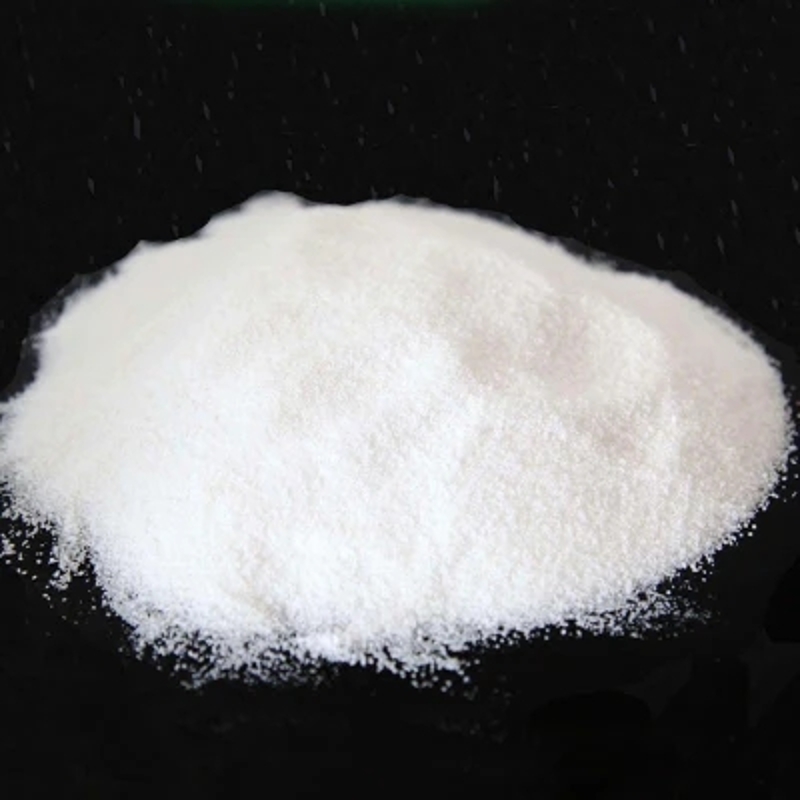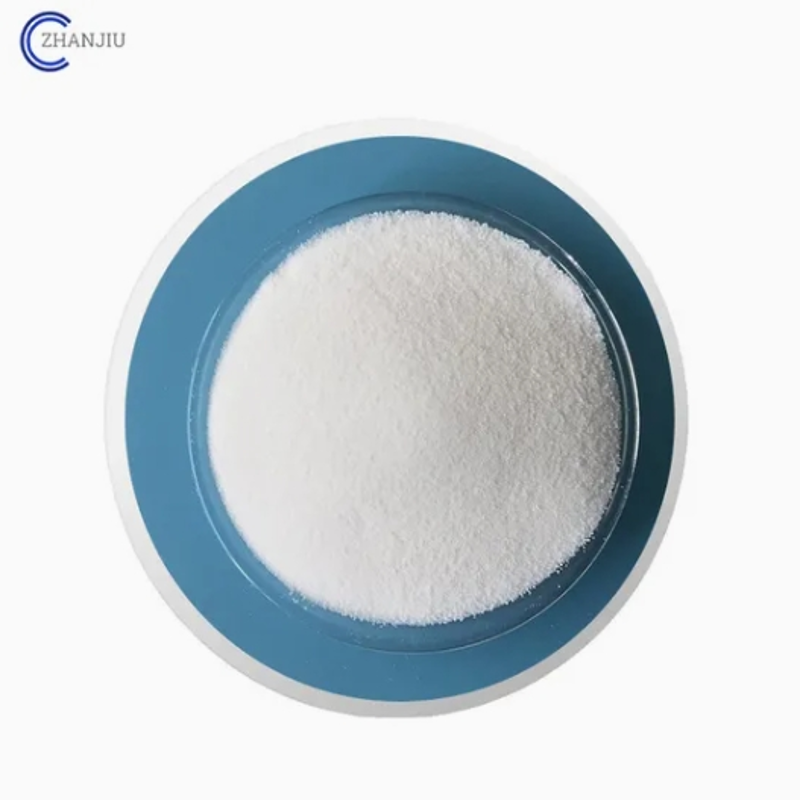-
Categories
-
Pharmaceutical Intermediates
-
Active Pharmaceutical Ingredients
-
Food Additives
- Industrial Coatings
- Agrochemicals
- Dyes and Pigments
- Surfactant
- Flavors and Fragrances
- Chemical Reagents
- Catalyst and Auxiliary
- Natural Products
- Inorganic Chemistry
-
Organic Chemistry
-
Biochemical Engineering
- Analytical Chemistry
-
Cosmetic Ingredient
- Water Treatment Chemical
-
Pharmaceutical Intermediates
Promotion
ECHEMI Mall
Wholesale
Weekly Price
Exhibition
News
-
Trade Service
Relevant surveys show that Chinese consumers pay more attention to food labels and ingredients, and about 85% of consumers will pay attention to the ingredient list when buying food, especially to additives and other related ingredients
.
Among them, consumers are showing increasing interest in pure natural colors, and 25% of consumers worldwide say they prefer 100% natural plant colors
.
Industry insiders expect that with the continuous enhancement of people's health awareness, more new ingredients are expected to be launched in the market in the future, and the natural pigment market will further expand
.
Natural pigments are food pigments obtained through natural resources, which can be divided into three categories: plant pigments, animal pigments and microbial pigments according to different sources; According to the chemical structure, it can be divided into polyolefin, phenolic pigment, pyrrole pigment, quinone pigment and other pigments; According to solubility, it can be divided into water-soluble pigment and fat-soluble pigment
.
According to the data, the global natural food coloring market expanded to $8.
5 billion from 2016 to 2020, with a compound annual growth rate of 4%.
Among them, carotenoids, carmine, curcumin and other pigments are widely used in baking, candy and beverages, and North America has become the main battlefield of natural pigments, with the largest
market size.
Due to the extensive cultivation of herbal spices in the Asia-Pacific region, ingredient companies have begun to develop natural food colors from plants such as turmeric, red pepper and hibiscus, and apply them in soft drinks, alcoholic beverages, candies, frozen desserts, yogurt, baking and other categories, becoming a market with rapid growth in natural colors in
recent years.
It is worth noting that China is currently the largest natural pigment market in the Asia-Pacific region, accounting for more than 50% of the entire Asia-Pacific market share
in 2020.
Domestic and foreign companies compete for glory
The prosperity of the natural pigment market is inseparable from the innovation
of food color brought by many companies relying on technology.
According to incomplete statistics, the current leading enterprises in the natural pigment track include Senxin Technology Group of the United States, Xinsed of India, Givaudan of the United States, as well as China Chenguang Biotechnology, Zhongda Biotechnology, Tianyin Biotechnology, Bohao Biotechnology, Qingdao Scitech Xiang, etc
.
Among them, San-Ei Gen of Japan is a long-established food coloring manufacturer, which developed Japan's first artificial food coloring in 1938 and took the lead in producing natural food coloring
in Japan in 1965.
After successfully developing and commercializing the world's first natural pigment extracted from red cabbage, it has gradually developed a variety of high-quality natural pigments through advanced extraction and refining technology, which are widely used in soft drinks, alcoholic beverages, confectionery and other categories
.
GNT Group BV from Europe is a company
focused on sustainable natural color solutions.
The GNT Group's colorful food brand, Abery, offers rich color products across the entire rainbow color range, with more than 400 product shades, divided into five categories: liquid, powder, micronized, oil dispersion, and certified organic, which can be used in a variety of food
products, including confectionery and bakery products, dairy products and beverages.
According to reports, rich color food is extracted from edible fruits, vegetables and plants through mild physical methods such as chopping, pressing, filtration, and concentration, without the use of artificial additives, chemicals or organic solvents, preserving the color and nutrition
of plants.
Archer Daniels Midland Company (ADM), an American multinational food processing and commodity trading company, has a wide range of coloring businesses and uses original extraction and formulation techniques to create high-quality and stable color solutions that meet the needs
of different users and different categories.
With the development of science and technology in China in recent years, a number of enterprises have begun to emerge in the international market
.
Taking Chenguang Biotechnology Group Co.
, Ltd.
as an example, the company was founded in 2000 and listed on the A-share board of the Shenzhen Stock Exchange in 2010, mainly developing and producing more than 80 kinds of products
in four series: natural pigments, natural spice extracts and essential oils, natural nutrition and medicinal extracts, oils and proteins.
Especially in the category of chili red pepper, Chenguang has been deeply cultivated for many years, and its self-developed capsicum red pigment and capsaicin large-scale production technology have been recognized
by the industry.
At present, the share of capsaicin independently produced in China in the international market has achieved a leap from less than 2% to more than 80%, successfully breaking the monopoly of Indian and Spanish giants on China in the capsaicin market, and setting technical barriers
for foreign markets.
Natural colors interpret new colors in food
There is no doubt that in the context of the current escalating consumption of healthy diet, the natural pigment market will continue to heat up
.
The survey found that in the food market, sales of blue-violet snacks, energy drinks, and ready-to-drink cocktails have surged, while natural sources of blue pigments are relatively scarce
.
Based on this, in 2021, a research team supported by Mars Group found a single enzyme that can extract blue after 10 years, and extracted natural blue pigment
from purple cabbage anthocyanins.
At present, this ingredient has been successfully used in the coloring of candy icing and ice cream, which has a relatively stable and bright color effect
.
Food tech startup Gavan has extracted phycocyanin from spirulina to develop a series of natural blue pigments
for hot and cold beverages.
It is reported that phycocyanin is a complex of pigments and proteins present in blue-green algae, mainly showing a natural blue color
.
The R&D team of Zhongda Hengyuan Biotechnology has created a series of bright colors derived from nature through professional flavor purification technology, microcapsule technology, self-emulsification technology, etc.
, and designed a complete set of application solutions
for natural food raw materials that are very stable to acid, light, heat and pH.
In addition, in order to bring brown-red pigments like real meat to plant meat, as well as white and orange pigments to present fish effects, yellow pigments that reduce dairy products and egg pigments have become the main force in the recent new pigments, accounting for 95%.
For example, natural coloring company Givaudan combines beetroot and other natural extracts to introduce natural color solutions for meat substitutes, which can be used to present the true meat color in meat substitutes, especially to simulate the color change of meatloaf from raw meat to cooked meat during cooking, giving it a brown tone
very similar to that of grilled meat.
Yemoja, an Israeli marine ingredients startup, has launched a natural red pigment
.
It is reported that the product is developed and made of red microalgae in the ocean, which can not only mimic the red plasma and texture carried in the simulated meat, but also contain alcoidan that can show viscosity similar to gelatin when cooking, providing a more realistic juicy taste and attractive meat aroma
for vegetarian meat.
The domestic brand Bingmei Bio extracts high-purity organic phycocyanin
from natural spirulina.
Due to the high content of alcoblue pigment in this ingredient, it can be used as a food coloring in ice cream products
.
At the same time, natural pigments have many advantages compared with synthetic pigments, but natural pigments themselves need further exploration and research in extraction and application, such as some natural pigments are sensitive to light, heat, oxygen, metal, and have poor stability; Most natural pigments have poor dyeing power and uneven dyeing; Natural pigments are very sensitive to pH changes and the hue changes greatly; There are many types of natural pigments and complex
properties.
In response to the above problems, researchers in the natural pigment industry need to constantly overcome difficulties and seek better solutions
.
(Yang Xiaojing, comprehensive arrangement)
China Food News (October 24, 2022, Edition 06).
(Editor: Yang Xiaojing)







